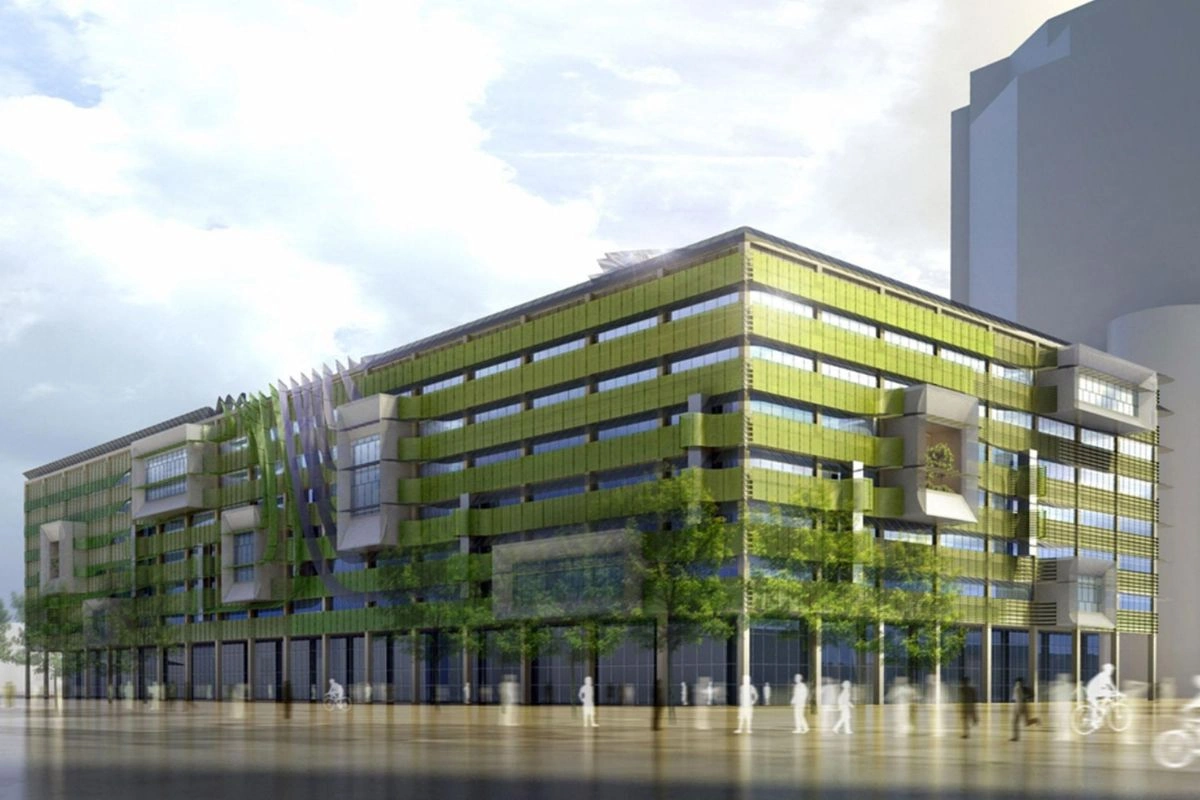Introduction:
Building has always been a method for people to show their desire. With each new building, cities grow, skylines change, and progress is promised. But in today’s world, size and grandeur are no longer the only ways to judge success. It is judged by how responsible it is. In building, green certification has become the most important sign of that responsibility. It means that the structure was made for people now and for people in the future. At its core, it is a promise that the sector would develop while protecting the environment, using resources wisely, and making the lives of the people who live in its places better.
Understanding the Concept of Green Certification
Green accreditation is like the construction industry’s moral code put into action. It turns big ideas like eco-friendliness and sustainability into criteria that can be measured. LEED, BREEAM assessment, and WELL are some of the programs that make sure a project is more than just concrete and steel. It is an ecosystem that works well with its surroundings. These certificates look at everything, from how much water is used to how much light comes into a room. They develop a framework that questions not just how a structure will stand, but also how it will live.
The Evolution of Green Standards in the Industry
At one point, being efficient only meant finishing tasks on time and within budget. But that definition has evolved. In the late 1900s, people became more aware of climate change and damage to the environment, which made the industry face its role in harming the environment. From that assessment arose voluntary guidelines, which over time grew into standards that are now accepted around the world. Green certification has changed from a small thing to a big one that drives innovation. It used to be that meeting sustainable benchmarks was voluntary, but now cities and governments are making it a requirement before projects can even start.
Core Principles of Green-Certified Construction
There are a few timeless facts that form the basis of green-certified buildings. Never waste energy; always use it properly. We need to save water because it is such a valuable resource. To have less of an effect, materials should be carefully chosen, sustainably supplied, and reused whenever possible. A structure should not hurt the health of the people who live there. Instead, it should improve their life by providing clean air, natural light, and safe places to live. These rules make sure that every project that wants to get certified is judged not just on how strong its foundations are, but also on how strong its morals are.
Economic Implications of Green Certification
People thought sustainability was an expensive luxury for a long time. That idea is no longer true now. In the long term, green-certified structures are generally cheaper than regular buildings. They save money by having reduced utility expenses, last longer with less maintenance, and get more attention in the market. Both tenants and investors now see that sustainable design is a smart way to spend money. Governments are also pushing this change by giving people money to do it. This makes certification not only an environmental statement but also a good business move.
Environmental Benefits and Carbon Reduction
Buildings use a lot of energy, water, and waste. The damage gets worse over time if nothing is done. Green certification directly tackles this by making projects think about how they affect the environment and do everything they can to lower that impact. Systems that save energy lower carbon emissions. Recycling and getting materials from reliable sources help save resources from running out. Landscaping decisions help keep biodiversity safe. Bit by bit, approved buildings are helping to lighten the huge environmental load that the construction industry had to bear without any rules. The overall effect is huge, with green-certified projects driving whole cities towards a more sustainable course.
The Role of Technology in Achieving Certification
Technology has become the hidden partner in the quest for green certification. Smart systems keep an eye on how a building consumes energy and change automatically to stop waste. Software models let designers visualise how their decisions will affect the environment long before they start building. Solar and geothermal energy are examples of renewable technology that are now built into many new projects. This means that people don’t have to rely on old energy sources as much. In this sense, technology isn’t about making things more complicated; it’s about making a building smart so that it lives up to the promises of certification over its whole life.
Future of Green Certification in Construction
The future of green certification and the future of construction are linked. The criteria will keep changing as climate goals become stricter and people become more concerned about the environment. Tomorrow’s certifications will probably go further, requiring designs that use no energy, are carbon neutral, and maybe even give more to the environment than they take. Artificial intelligence and data-driven technology will make it easier and more accurate to follow the rules. What started out as a nice notion is now going to be the standard for the whole industry, telling builders how to build every city, neighbourhood, and home for the next few decades.
Conclusion:
Getting green certification means promising to find a balance between advancement and preservation, growth and responsibility, and ambition and humility. Green certification is a means to go forward at a time when the world is facing serious environmental problems. It shows that construction doesn’t have to hurt the globe. It is the clearest method to show the most fundamental idea behind modern construction: to create not just for today, but for a future that will last.
Also, read: What is Sun? A Guide to Our Closest Star


